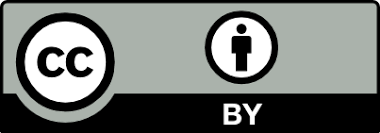Terms of use
The linc.cnil.fr site is an editorial space run by the Laboratoire d'innovation numérique de la CNIL (LINC). Other CNIL's agents and outside experts can also contribute.
Purpose and quality of content
linc.cnil.fr is intended to:
- Identify the new issues and emerging uses of data in the digital world;
- Sharing ideas on digital ethics, freedoms, privacy and the protection of personal data;
- Present the experimental projects carried out by the CNIL.
The views expressed on this blog are for information and reflection purposes only. They do not necessarily reflect the official position of the CNIL. Only resolutions adopted during the plenary session bind the CNIL.
Editor
Commission nationale de l’informatique et des libertés (CNIL)
3 Place de Fontenoy
TSA 80715
75334 PARIS CEDEX 07
Phone: +33 (0)1 53 73 22 22
Director of publication: Michel COMBOT, Director of Technology and Innovation
Editor in chief: Vincent TOUBIANA, Head of LINC Department
Web host
DRI - Hébergeur web écologique français
9 rue du Petit Châtelier
44300 - NANTES
Use of CNIL's trademarks
Word and visual trademarks (logos) LINC - Laboratoire d'Innovation Numérique de la CNIL, CAHIERS IP INNOVATION ET PROSPECTIVE and COOKIEVIZ are protected.
Their use without written authorisation from the CNIL, on any medium, for the purpose of promoting products or services, in particular for commercial purposes, is prohibited under penalty of criminal and civil proceedings.
Reuse of content
Subject to the intellectual property rights of third parties, and unless otherwise stated, the re-use of content from linc.cnil.fr is subject to the rules set out below.
The texts, images, videos and iconography available on the site and produced by the CNIL are made available under the terms of the CC-BY 4.0 FR

- Attribution: you must credit the content, include a link to the licence and specify the date on which the content was extracted from the site. You must provide this information by all reasonable means - without suggesting that CNIL supports you or the way in which you have used its content.
- When this content is produced by third parties, the page in question contains the third party's copyright notice (generally at the bottom of the page).



